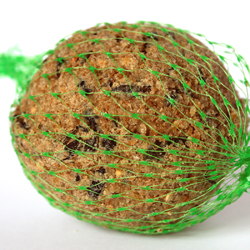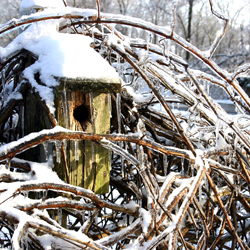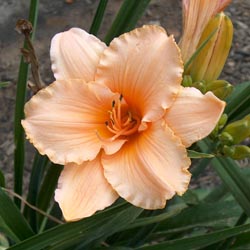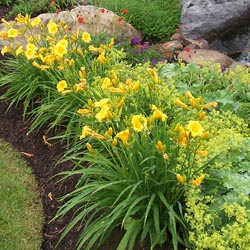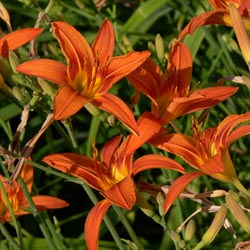Fall Gardener’s Calendar
Spray Bonide All-Season Concentrate on hemlocks to control woolly adelgid.
Spruce up the landscape by planting Flowering Cabbage & Kale, Garden Mums, Fall-Blooming Perennials as well as Trees and Shrubs.
Pick up your Spring Flowering Bulbs now! To make planting easier, use a Bulb-Digger or an Auger.
Apply Hi-Yield Superphosphate now to coax stubborn plants into bloom next year.
Aerate, re-seed and apply Fall Lawn Food to the lawn. Keep grass seed damp; water every day if necessary. You will also want to check for grubs. Increased activities of skunks, raccoons and moles as well as brown patches that peel back easily are an indication of grub activity. Apply granular Sevin or Milky Spore to control the grubs as well as chinch bugs and sod webworm.
Treat houseplants with Bonide Systemic Granules and Bonide Insect Killing Soap now to get rid of any insects before bringing them into the house prior to the first frost.
Clean out garden ponds and pools. Cover with Netting before the leaves start falling.
Plant bulbs. Fertilize with Espoma Bulb-Tone and water in well.
Divide daylilies and spring-blooming perennials, including iris and peonies. Don’t be tempted to prune your spring flowering shrubs like forsythia, azaleas, camellia, holly, lilac, rhododendron, spirea or viburnum or you will destroy next year’s buds.
Dig up summer-flowering bulbs, such as dahlias, cannas, tuberous begonias, caladiums and gladiolus after the frost kills the top growth. Treat them with Bulb Dust, pack them in Peat Moss, and store them in a ventilated area for winter.
Fertilize your trees with Espoma Tree & Shrub Fertilizer after the leaves fall. Fertilize azaleas, rhododendron, and evergreens with Holly-Tone and other shrubs with Plant-Tone. Spray hemlock again with Bonide All-Season Concentrate.
Set up bird feeders. Clean out birdbaths, refill and purchase heaters for the winter.
Clean up and destroy diseased rose leaves and debris surrounding shrubs and perennials. Use a Rose Collar to mound 6-10 inches of dirt around roses to protect from winter damage. Use Rose Cones for complete coverage.
Remove annuals, roots and all, and add to your compost pile, but do not add any diseased material to it.
Cut back perennials unless they feature ornamental seed heads and fertilize with Espoma Tree-Tone. Prune long raspberry and rose canes back to a height of three feet. Clean up your beds and gardens to avoid harboring insects and diseases over the winter.
Pot hardy spring bulbs (anemone, crocus, daffodil, hyacinth, ranunculus and tulip) and place in a cold frame or cool garage (40 degrees) or sink into the ground and mulch. Keep evenly moist.
Update garden records, noting successes and failures, gaps in planting, future planting and landscape changes.
Water all landscape plants well and mulch before the winter cold sets in.
Spray evergreens, azaleas, rhododendron, boxwood and rose canes with Wilt Stop for protection against wind and cold weather.

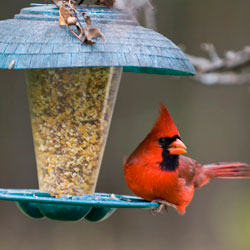

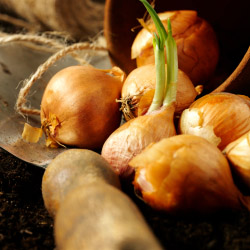





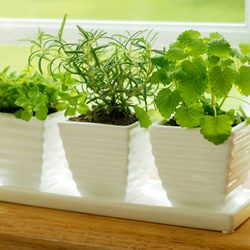
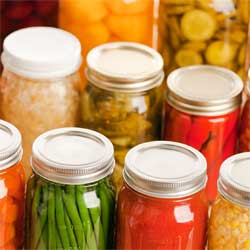
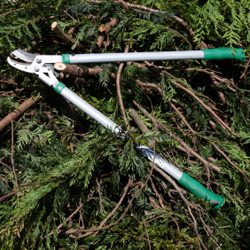



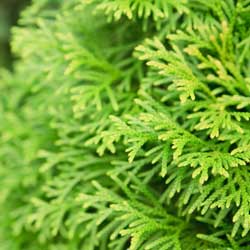
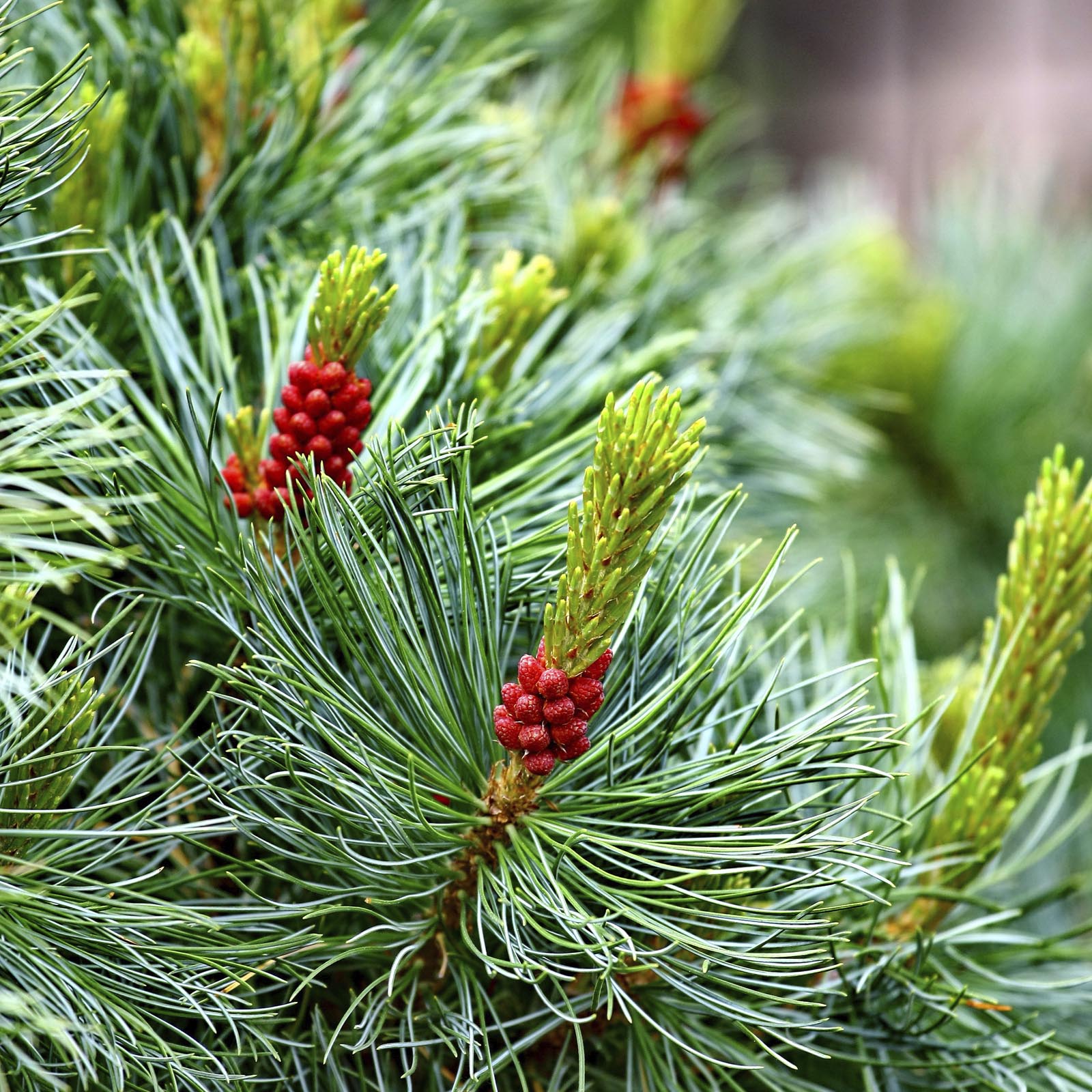
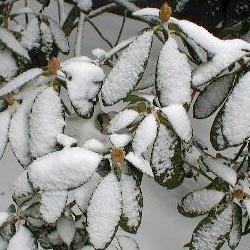




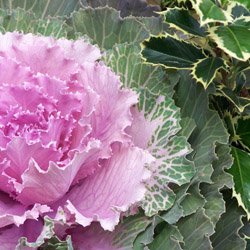
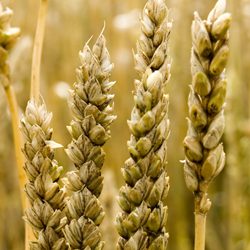


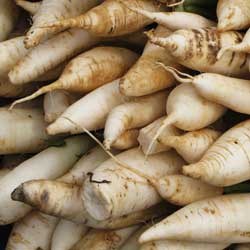
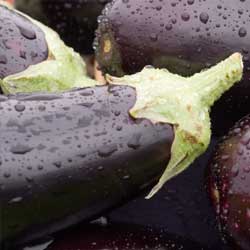
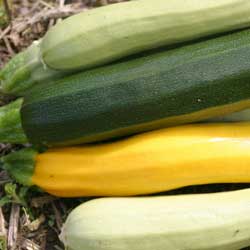
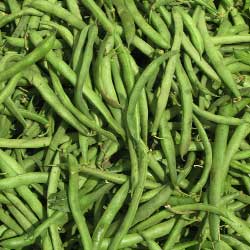


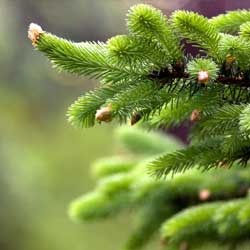

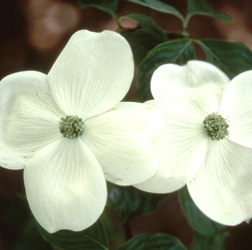


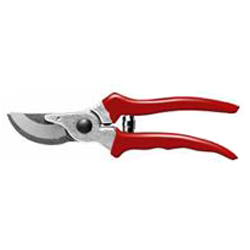
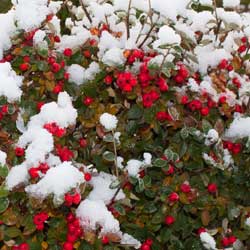
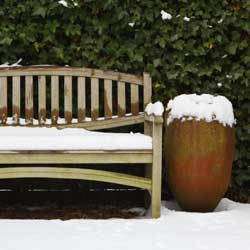

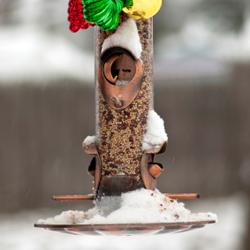 Attracting wildlife to the home garden is an enjoyable and creative way to teach children about nature, evoke their respect for the environment and provide meaningful family together time. Many things that are good for wildlife are equally good for a wholesome, thoughtful garden – win-win!
Attracting wildlife to the home garden is an enjoyable and creative way to teach children about nature, evoke their respect for the environment and provide meaningful family together time. Many things that are good for wildlife are equally good for a wholesome, thoughtful garden – win-win!
